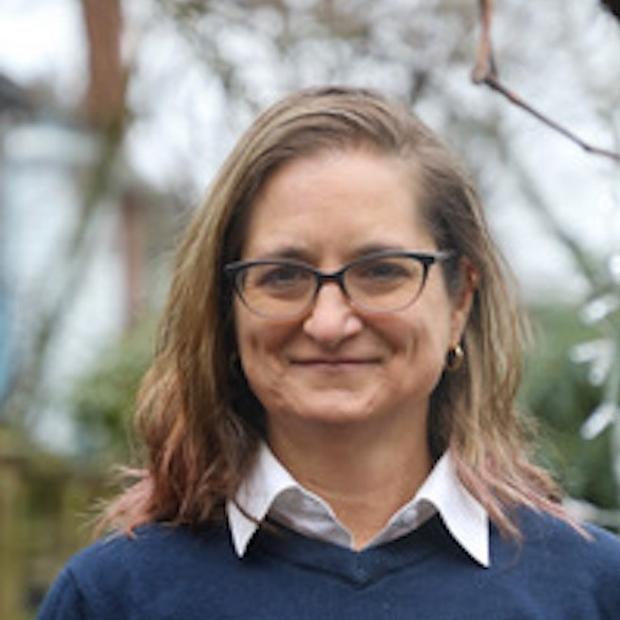Luckily, this legislative session, state lawmakers can take a step to address this history and begin to heal communities by passing the Healthy Environment for All, or HEAL, Act, Senate Bill 5141.
Our government regularly makes decisions that affect our relationship to the environment. These range from where to dispose of toxic waste and sewage to how much to invest in public transportation and where to permit logging operations. Because of structural inequities in access to the agencies, a lack of visibility to the people making decisions and a history of embedded discrimination, the harm of these decisions too often falls on the same communities.
Over time, the accumulated costs of state-level decisions result in more negative health outcomes and climate impacts for members of overburdened communities, particularly low-income communities of color. These outcomes include lower birth rates, higher asthma rates and, most recently, a higher risk of dying from COVID-19.
The HEAL Act will prioritize environmental justice, better equipping our state to recognize and address these disparities.
For the past several years, local organizations, including Front and Centered, have sought to tackle Washington’s environmental justice shortcomings. In 2019, Front and Centered and the University of Washington Department of Environmental and Occupational Health collaborated to create the statewide Environmental Health Disparities Map. This interactive and illuminating tool shows the relationships among poverty, environmental exposure and health impacts by location across Washington. It reveals that cumulative negative environmental impacts fall particularly hard on low-income communities of color, from South Seattle to Spokane, Longview to Yakima. And the map now includes data on the devastatingly unequal health impacts that COVID-19 has inflicted on less affluent and less white communities.
That same year, the Legislature funded an Environmental Justice Task Force. Throughout 2020, the task force gathered input from communities across the state and met to identify ways to address environmental disparities. I sat in on some of these meetings and observed thorough consideration of environmental inequity, the impacts of proposals on agencies and businesses, and the concerns expressed by community members. The resulting report made 26 strategy recommendations to guide Gov. Jay Inslee and the state Legislature in implementing environmental justice policies.
At the heart of the HEAL Act is its definition of environmental justice and its requirement that this definition be codified in state law and applied in state policy. Informed by the task force and statewide community engagement, the definition recognizes that environmental justice does not just require “fair treatment and meaningful involvement of all people,” but also necessitates improving conditions for vulnerable populations and overburdened communities, as well as working toward “eliminating harm.” With this definition as its cornerstone, the HEAL Act creates a structure for state agencies, including the Departments of Health, Ecology, Agriculture, Natural Resources, Commerce and Transportation, and the Puget Sound Partnership, to realize environmental justice.
Under the HEAL Act, the listed agencies must incorporate environmental justice into planning documents, support community engagement and public participation, and consult with tribes on all significant agency actions, programs and state funding allocations that affect the rights of tribal nations and their lands.
The HEAL Act would institute environmental justice assessments for major agency actions. These public assessments would further transparency and accountability via progress reporting, to be available in agency dashboard reports. And the legislation also requires agencies to incorporate environmental justice when making decisions around budgeting, expenditures, granting and withholding benefits, and distributing funds.
To aid implementation, an environmental justice council, including representatives from communities of color, low-income communities, environmental interests and tribes will collaborate with an interagency workgroup to provide structure and consistency for agencies in executing their duties under the HEAL Act. The council will also develop spaces for the public and particularly overburdened communities to identify their priorities, raise environmental justice concerns, and communicate with the public, the governor and the legislature.
Despite what opponents have said, the HEAL Act does not require agencies to change permitting processes, and it will not increase costs for small businesses and builders seeking permits. Currently, agencies are aware of the need to incorporate environmental justice into their work, but they have no guidance, structure or transparency obligations. The HEAL Act’s framework solves this, lifting the burden from agencies trying to navigate this process without guideposts.
The benefits of pursuing environmental justice extend far beyond better lives for people who have been disproportionately impacted by environmental harms. While wealthier and more powerful interests have held undue influence in the past, the HEAL Act will elevate the voices of all communities impacted by agency decisions
Too many of our communities have suffered from centuries of social, economic and environmental burdens. State lawmakers owe it to all Washingtonians to advance equal justice under the law by passing the HEAL Act.


